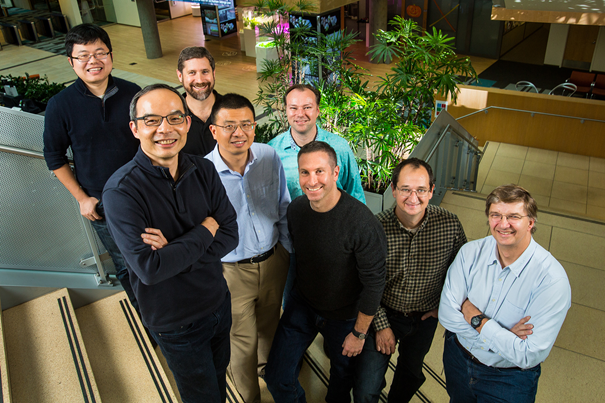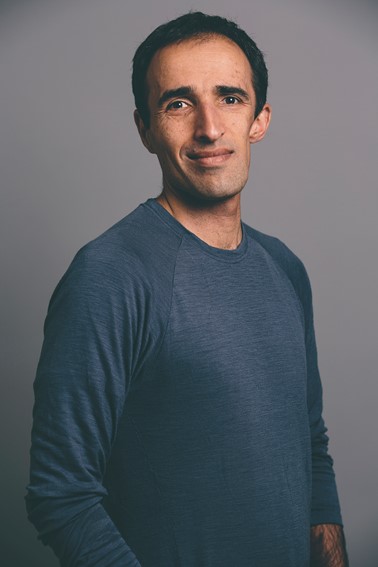Major Breakthroughs from Microsoft Research this Week - in Conversational Speech, FPGA Acceleration & Genomic Sequencing
Reposted from the Microsoft Next blog.
This has been a week of extraordinary breakthroughs from Microsoft Research, and this post recaps three major announcements:
1. Historic Achievement: Microsoft Researchers Reach Human Parity in Conversational Speech Recognition
Microsoft has made a major breakthrough in speech recognition, creating a technology that recognizes the words in a conversation as well as a person does. In a paper published Monday, a team of researchers and engineers in Microsoft Artificial Intelligence and Research reported a speech recognition system that makes the same or fewer errors than professional transcriptionists. The researchers reported a word error rate (WER) of 5.9 percent, down from the 6.3 percent WER the team reported just last month. The 5.9 percent error rate is about equal to that of people who were asked to transcribe the same conversation, and it's the lowest ever recorded against the industry standard Switchboard speech recognition task.
"We've reached human parity," said Xuedong Huang, the company's chief speech scientist. "This is an historic achievement."
Click here or on the image below to read the full blog post.

Microsoft researchers from the Speech & Dialog research group include, from back left, Wayne Xiong,
Geoffrey Zweig, Xuedong Huang, Dong Yu, Frank Seide, Mike Seltzer, Jasha Droppo and Andreas Stolcke.
(Photo by Dan DeLong)
2. The Moonshot that Succeeded: How Bing & Azure are Using an AI Supercomputer in the Cloud
A team of Microsoft engineers and researchers has created a system that uses a reprogrammable computer chip called a field programmable gate array, or FPGA, to accelerate Bing and Azure. Utilizing the FPGA chips, Microsoft teams can write their algorithms directly onto the hardware they are using, instead of using potentially less efficient software as the middle man. What's more, an FPGA can be reprogrammed at a moment's notice to respond to new advances in artificial intelligence or meet another type of unexpected need in a datacenter.
Traditionally, engineers might wait two years or longer for hardware with different specifications to be designed and deployed.
"This was a moonshot project that succeeded," said Sitaram Lanka, who runs ranking platform for Bing and has been a key collaborator on the project, called Catapult, since its inception about five years ago.
Click here or on the image below to read the full blog post.

Project Catapult team members, from left, Adrian Caulfield, Doug Burger, Andrew Putnam, Eric Chung and Sitaram Lanka.
(Photography by Scott Eklund/Red Box Pictures)
3. Microsoft Computing Method Makes Key Aspect of Genomic Sequencing Seven Times Faster
Microsoft has come up with a way to significantly reduce the time it takes to do the major computational aspects of sequencing a genome. Microsoft's method of running the Burrows-Wheeler Aligner (BWA) and the Broad Institute's Genome Analysis Toolkit (GATK) on its Azure cloud computing system is seven times faster than the previous version, allowing researchers and medical professionals to get results in just four hours instead of 28. BWA and GATK are two of the most common computational tools used in combination for genome sequencing.
The time savings is critical for a number of reasons. For example, it could allow doctors to diagnose rare and dangerous genetic conditions 24 hours earlier, getting the patient lifesaving treatment faster. David Heckerman, who directs Microsoft's genomics group, said the requests from hospitals, clinics and research institutions to process genomics data is growing at an extremely high rate.
"There's a lot of actionable information in which speed is really important," said Ravi Pandya, a principal software architect in Microsoft's genomics group who has been key to this acceleration work.
Click here or on the image below to read the full blog post.

David Heckerman (Photography by Scott Eklund/Red Box Pictures)
CIML Blog Team
